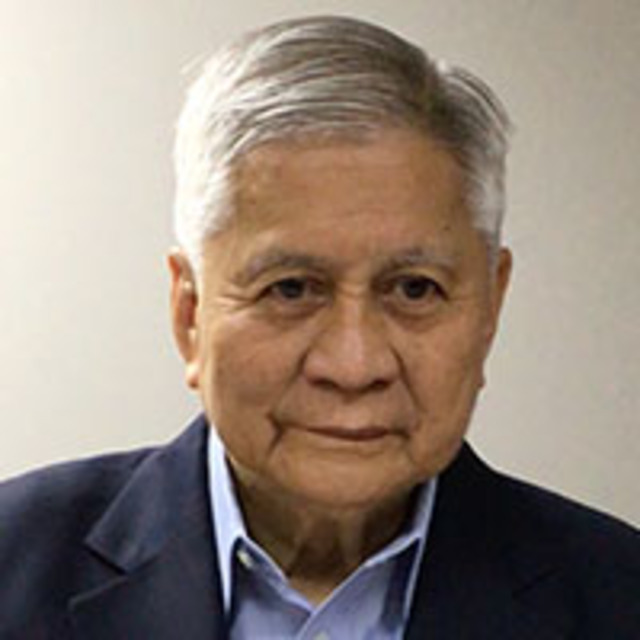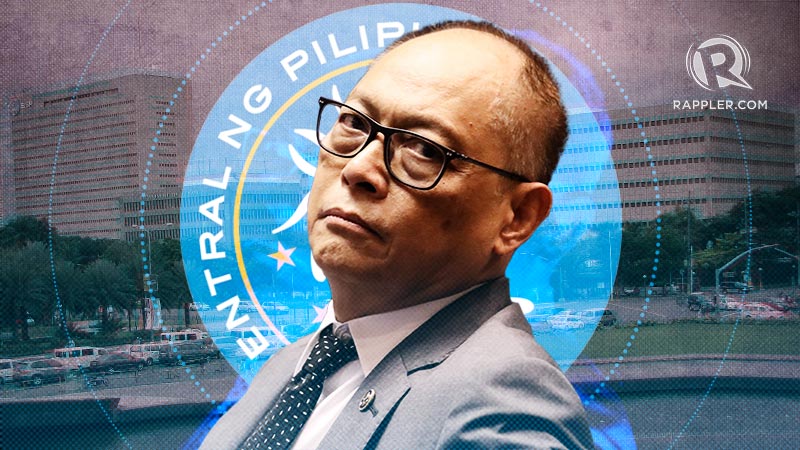The EDSA People Power has been criticized these past decades as a failed revolution. Practically every year since 1986, various voices would chime in: no real change happened; we overthrew a dictator only to breed a new set of elitist oligarchs under each and every new president.
EDSA 1 failed, we say, because a holier-than-thou clique claimed ownership of an uprising that rode on the back of ordinary people from a broad spectrum of society. Because some “leaders” painted the movement yellow, to the exclusion of other persuasions. Because some figures framed this entire chapter in our history as nothing but a rivalry between two political families, as siding with one or the other would benefit them politically.
And so in 2016, when a populist local chief executive far from imperial Manila brilliantly wove his campaign messaging around the shortcomings of EDSA, we elected him. Change, real change, was coming, he promised.
Halfway into this president’s term, the dictator who was ousted 33 years ago has been buried as a hero, his widow spared prison time despite conviction for graft, his son and namesake getting a boost for his electoral protest for the vice presidency, and his eldest daughter so far figuring in the winning circle of the 2019 senatorial race with the current president’s endorsement.
Yet Rodrigo Duterte remains very popular – he who prides in his mother joining the oust-Marcos movement in Davao, but at the same time unabashedly declares Marcos the best president there was.
Across socio-economic classes, there’s considerable trust in Duterte and satisfaction with how he is running the country: amid the killing of thousands of small fry and the lackadaisical hunt for the big fish in the war on drugs; amid his docile policy toward China, which has encroached on our waters; amid his government’s pattern of redeeming the reputation of plunderers; amid his disregard for human rights; amid his intolerance for dissent.

It is one of the freedoms regained during EDSA 1 that has made Duterte’s rise and continued popularity possible despite his despotic tendencies: the freedom of speech.
Social media has taken away the function of the press as information gate keepers. Instant, with barely any checks in place, practically unbridled in reach, social media gave the crowd a megaphone for the message that it felt the elite, Manila, and the media had ignored for the longest time.
What started out as expression of legitimate sentiments have, however, quickly turned into an enormous power that citizens online could not handle – in very much the same way that they accused the so-called guardians of democracy from EDSA wielding their newfound political dominance.
Empowered by the medium and the technology, they now largely dominate the conversation online with their comments that are offensive, provocative, and hateful, albeit illogical and ignorant. (READ: State-sponsored hate: The rise of the pro-Duterte bloggers)
And just as quickly, political quarters and interest groups have hijacked this mad keen crowd to spread their lies and propaganda. Taking advantage of a new generation that wasn’t around when activists were tortured and the press was muzzled, the Marcos propaganda machine, for example, spreads lies like Ferdinand and Imelda not having stolen billions of pesos from Filipinos, or the Marcos years being the golden age of the Philipine economy, or that only one was executed and none was arrested during Marcos’ Martial Law.
This twisting of facts, this rewriting of our experience, this altogether throwing of our history into a memory hole are serving Marcos-wannabe President Duterte two-ways: it keeps happy the Marcoses, whom he openly says his presidential campaign is indebted to, and it instills in the public a benign view of an iron-fist rule, which he has been intending to establish. (READ: Duterte: If I won’t be a dictator, nothing will happen PH)
It is only getting worse, with these trolls and purveyors of lies and disinformation getting emboldened by a trash-talking president. They have trained their vitriol, beyond the political enemies of their principals, on critical media.
The press, as history and the experience of other countries has shown, is the first line of defense against totalitarian rule. This is why Duterte and the Marcos spawn have particularly targeted unfriendly media from the time he came to power. (READ: From Marcos to Duterte: How media was attacked, threatened)
Their minions hail libel cases and other forms of harassment and intimidation toward journalists. They’d declare: if you want freedom of the press, be responsible in exercising that freedom – except that their definition of “responsible “ equates to anything that doesn’t shine the light on what the Duterte government would rather hide in the dark.
The concept of responsible exercise of freedom is also lost in their double standards. Last week, a couple of Duterte supporters trespassed on Rappler premises, and broadcast the act live on Facebook, rousing their fellow fanatics to call for physical attacks on Rappler, its staff, and its offices. In quick succession, their video was shared by former and current communications officers of the presidential palace, and the trespassers were put on a government show to talk about the act they considered heroic. They only invoked freedom of expression, but not the “responsibility” that was missing when their act incited to violence.
The challenge now is no longer to gather huge crowds at plazas to frighten a dictator and his sycophants. There would barely be a crowd of a few thousands or even several hundreds to answer a call to commemorate the EDSA uprising.
The crowds, from among both its believers and scoffers, are engaged in a struggle in the virtual space. It may or may not be a case of what they call keyboard (lazy) activism, but it certainly is in recognition of the reality that for mass action to be eventually ignited, and sustained, the battle for hearts and minds must first be won – online.
President Duterte, in a statement for the 2019 anniversary of the People Power, said: "I am hopeful that this occasion will inspire all of us, especially the younger generation, to deeply value the freedom and liberty that we won in EDSA…. May we all have a profound sense of appreciation and understanding of what we lost and what we reclaimed.”
Young people, let’s take him up on his challenge, and reclaim the online public space from the disinformation monster that he himself has unleashed. There is a new war, and it’s on disinformation. Let's own this revolution. – Rappler.com
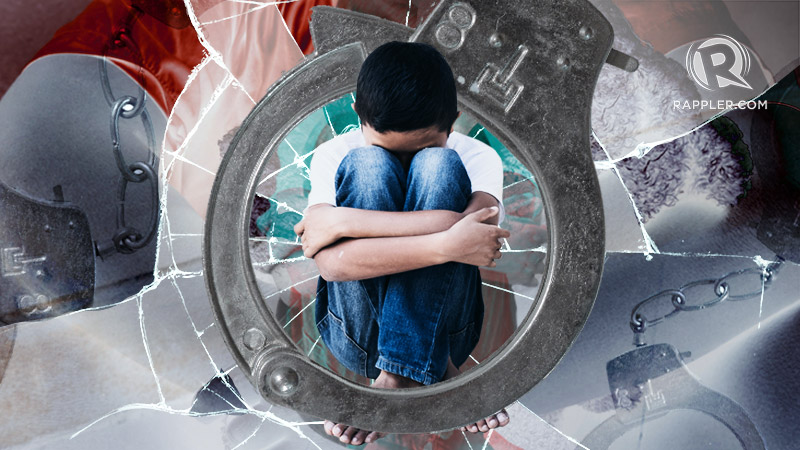




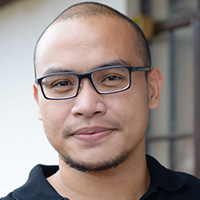 The
The 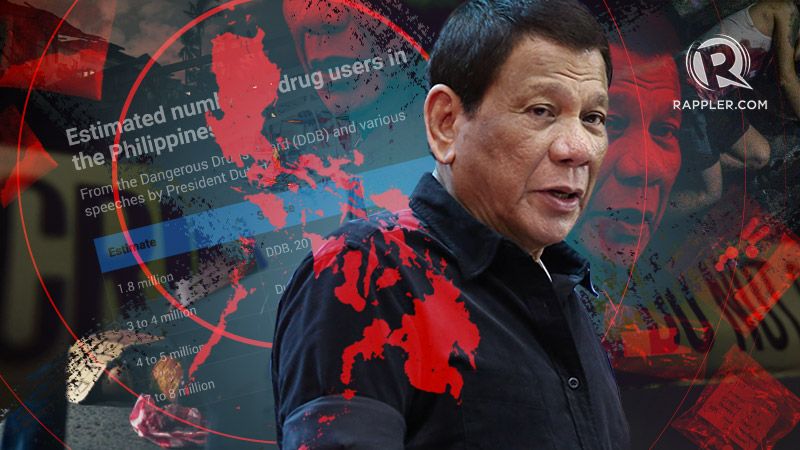







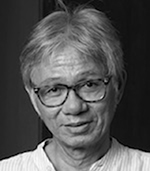
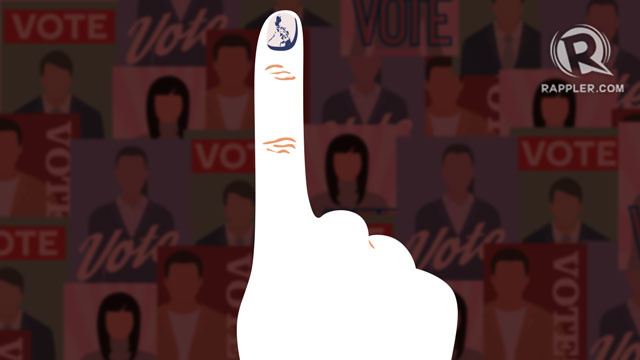
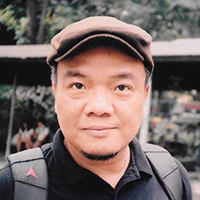 Pananagutan. Isang amoy-binubukbok na baul na salitang, malamang, sa lumang pelikula ninyo pa huling narinig. Iyong tipong dialogue na: "Huwag kang mag-alala sa sasabihin nila Papa at Mama, Rosaura, papanagutan ko ang nasa sinapupunan mo. Dahil pananagutan ko ang anak nating nabuo dahil sa pag-ibig sa kabila ng hindi rin matingkalang pagkakasala."
Pananagutan. Isang amoy-binubukbok na baul na salitang, malamang, sa lumang pelikula ninyo pa huling narinig. Iyong tipong dialogue na: "Huwag kang mag-alala sa sasabihin nila Papa at Mama, Rosaura, papanagutan ko ang nasa sinapupunan mo. Dahil pananagutan ko ang anak nating nabuo dahil sa pag-ibig sa kabila ng hindi rin matingkalang pagkakasala."

